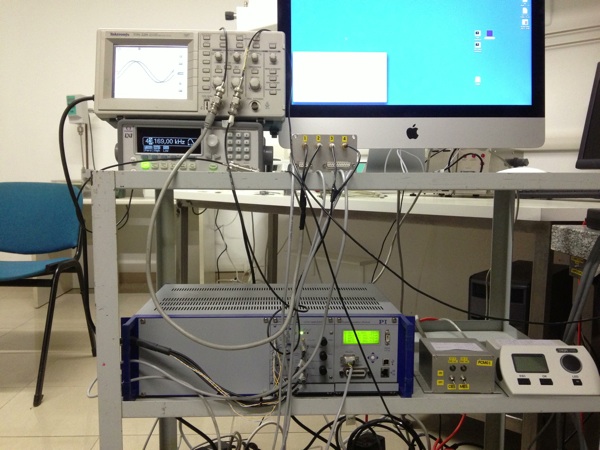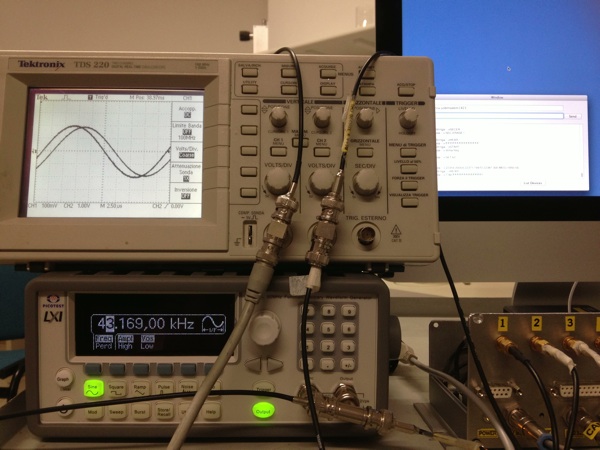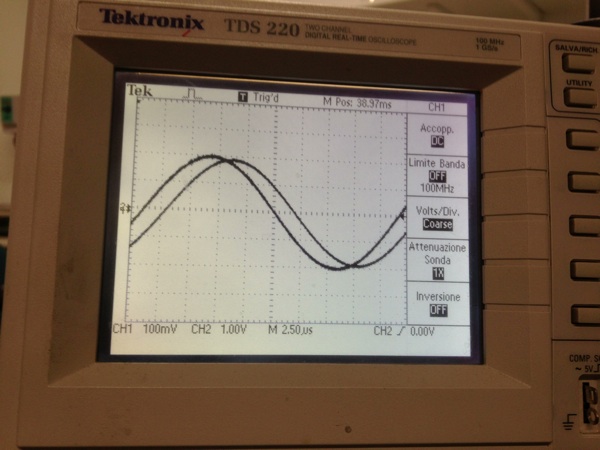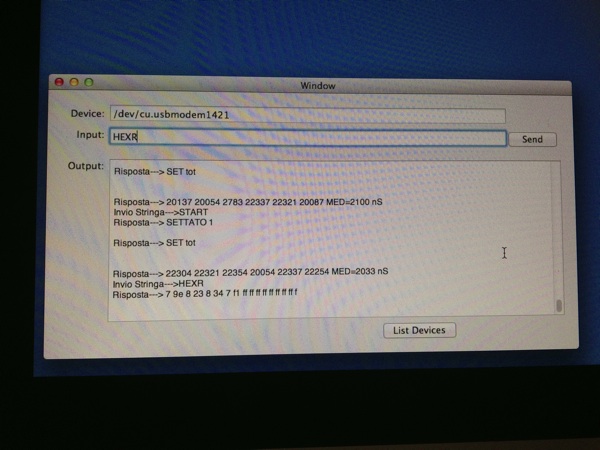|
|||||
NanoApproach |
|||||
NANOAPPROACH X-Y-Axis:
With the Micropositioning, we arrived to the point X=0µ ; Y=0µ |
NANOAPPROACH Z-Axis:
With the Micropositioning, we arrived to the point Z=2µ. |
| N° | Code | Brand | Description |
| 11 | P-363.3UD | Physik Instrumente | Nanopositioning Tool |
| 12 | Lintes | PCa Probe Carrier | |
| 13 | NPCBS51 | Lintes | |
 Setup of the Nanopositioning System |
 Viewing of the results of the scanned area |
 Viewing of the phase-difference of tension IN and OUT by means of oscilloscope |
 Viewing of the phase-difference of tension IN and OUT by means of SW and Registration of the results in Memory |
![]()
